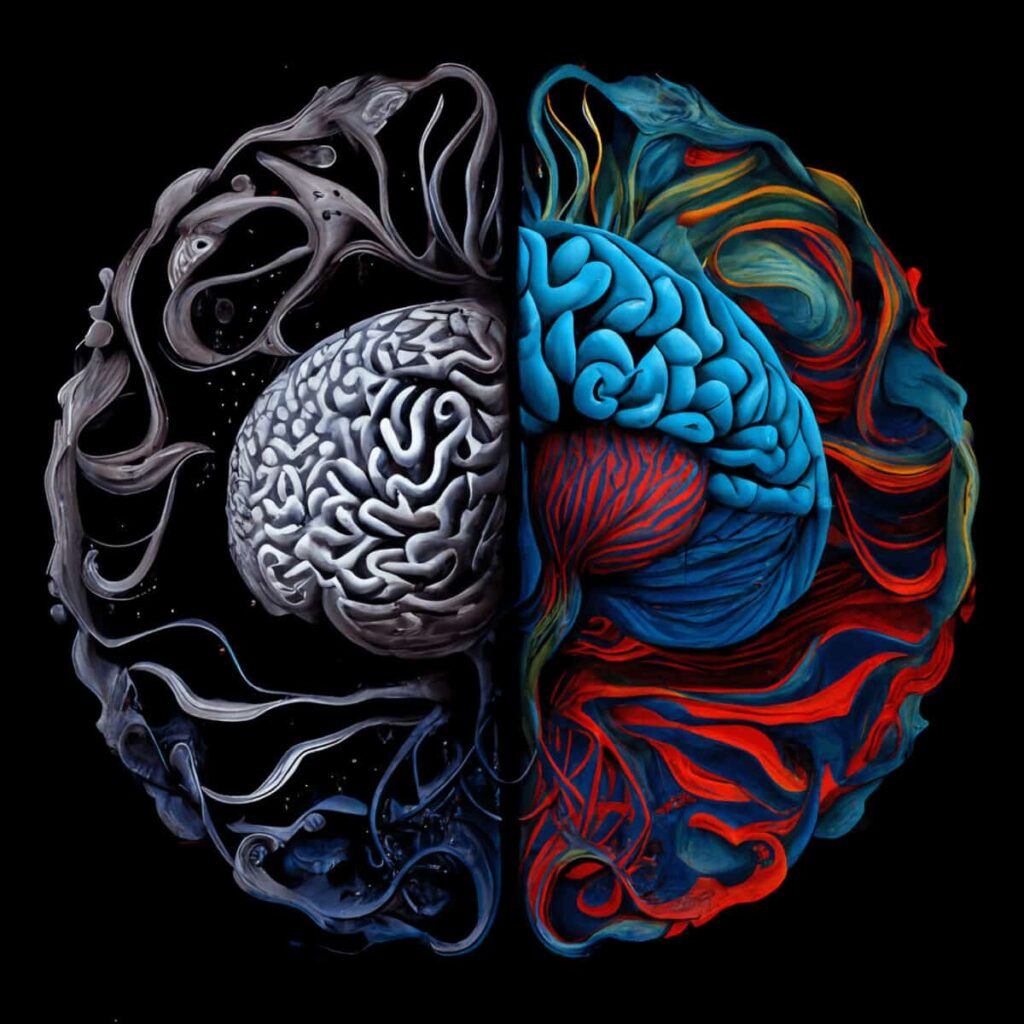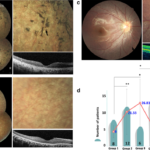Bipolar disorder, also known as manic-depressive illness, is a mental health condition characterized by extreme mood swings that include emotional highs (mania or hypomania) and lows (depression). It affects millions worldwide, influencing thought patterns, energy levels, and the ability to carry out daily activities. Understanding bipolar disorder is essential for early diagnosis and effective management.

Types of Bipolar Disorder
1. Bipolar I Disorder
Bipolar I involves manic episodes lasting at least seven days or severe enough to require hospitalization. Depressive episodes often follow and can last weeks or months. The manic phases can include risky behaviors, reduced need for sleep, and heightened energy.
2. Bipolar II Disorder
Bipolar II is characterized by a pattern of depressive episodes and hypomanic episodes, which are less severe than full-blown mania. People with this type often experience longer depressive phases, leading to significant challenges in daily functioning.
3. Cyclothymic Disorder
Cyclothymia involves periods of hypomanic and depressive symptoms lasting at least two years in adults (one year in children and adolescents). These symptoms, while not meeting the criteria for a full manic or depressive episode, can still disrupt daily life.
4. Other Specified and Unspecified Bipolar Disorders
These include bipolar-related conditions that do not fit the criteria for the above types but still exhibit significant mood disturbances.
Symptoms
Manic or Hypomanic Symptoms:
- Increased energy and restlessness
- Elevated mood or euphoria
- Grandiosity or inflated self-esteem
- Decreased need for sleep
- Impulsive decision-making and risky behaviors
- Rapid speech and racing thoughts
Depressive Symptoms:
- Persistent sadness or hopelessness
- Loss of interest in previously enjoyable activities
- Fatigue and low energy
- Difficulty concentrating
- Changes in appetite and sleep patterns
- Thoughts of death or suicide
Causes and Risk Factors
Genetic Factors
Its a tends to run in families, suggesting a genetic predisposition. Specific genes may increase vulnerability, although no single gene has been definitively identified.
Biological Differences
Imaging studies indicate physical changes in the brains of individuals with bipolar disorder, though the exact significance remains unclear.
Environmental Triggers
Stressful events, trauma, or significant life changes can act as triggers for the onset or exacerbation of bipolar symptoms.
Diagnosis and Screening
Diagnosed through clinical evaluations, including detailed patient interviews and psychological assessments. Tools like the Mood Disorder Questionnaire (MDQ) can aid in identifying potential symptoms. Accurate diagnosis often requires distinguishing bipolar disorder from conditions like major depressive disorder or borderline personality disorder.
Treatment Options for Bipolar Disorder
1. Medication
- Mood Stabilizers: Lithium is a commonly prescribed medication to control mood swings.
- Antipsychotics: Used to manage manic or mixed episodes.
- Antidepressants: Often combined with mood stabilizers to prevent triggering mania.
2. Psychotherapy
- Cognitive Behavioral Therapy (CBT): Helps identify and change negative thought patterns.
- Interpersonal and Social Rhythm Therapy (IPSRT): Focuses on stabilizing daily routines and improving interpersonal relationships.
3. Lifestyle Adjustments
- Maintaining a regular sleep schedule
- Engaging in regular physical activity
- Avoiding alcohol and recreational drugs
- Stress management techniques, such as mindfulness or yoga
4. Electroconvulsive Therapy (ECT)
For severe cases unresponsive to medication and therapy, ECT may provide relief by inducing controlled seizures under medical supervision.
Living with Bipolar Disorder
Building a Support System
Engage family, friends, and support groups to create a network of understanding and assistance. Open communication can help reduce stigma and foster acceptance.
Monitoring Symptoms
Keeping a mood journal can help track triggers, early signs of mood shifts, and response to treatment, allowing timely intervention.
Seeking Professional Help
Regular consultations with mental health professionals ensure ongoing assessment and adjustments to treatment plans.
Bipolar Disorder: Myths vs. Facts
- Myth: Bipolar disorder is just mood swings.
Fact: It is a severe mental health condition requiring medical intervention. - Myth: Medications cure bipolar disorder.
Fact: Medications manage symptoms but are not a cure. - Myth: People with bipolar disorder cannot lead successful lives.
Fact: Many individuals manage their condition effectively and achieve their goals.

